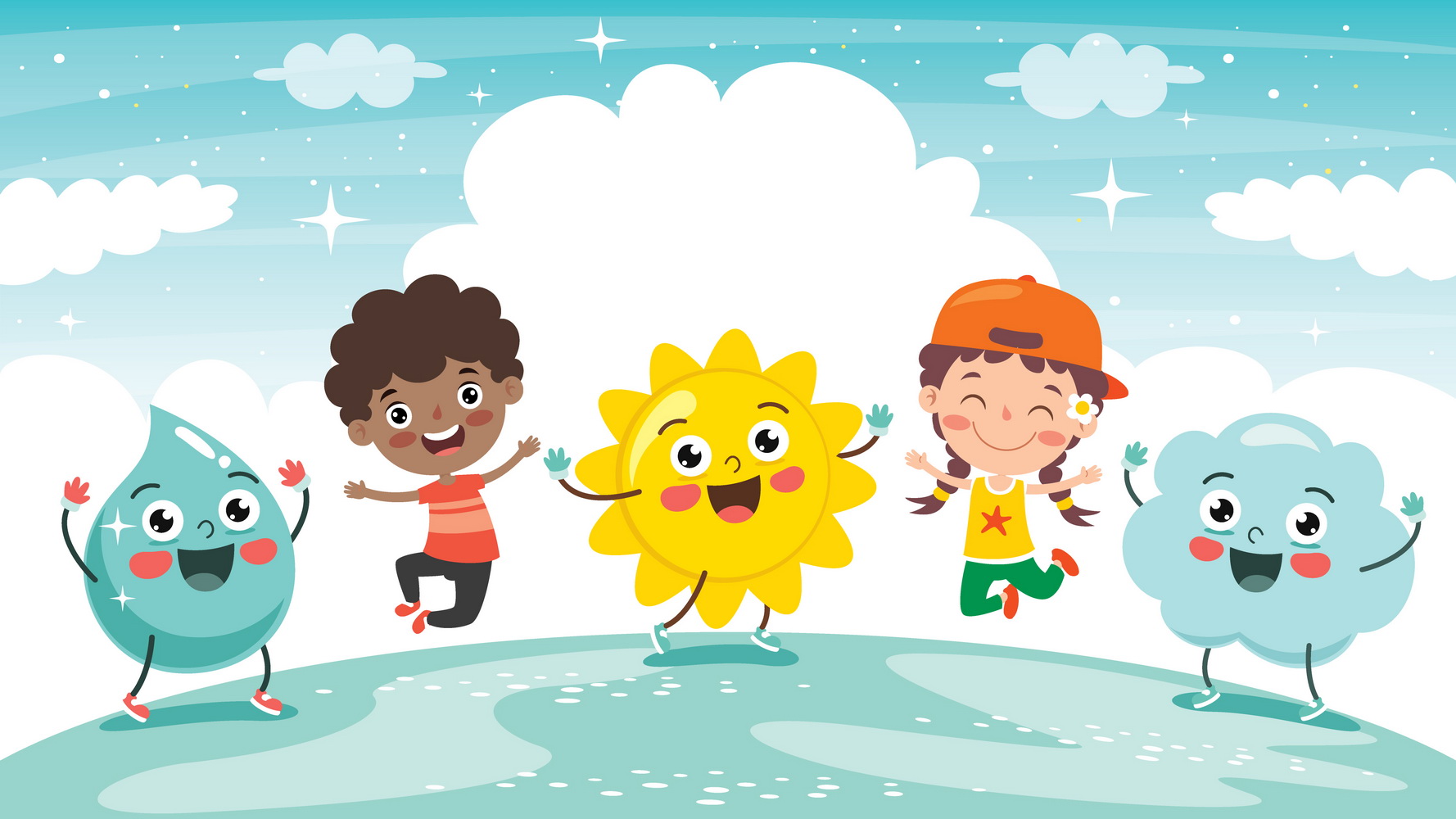Water Cycle: The Science of Rain for Kindergarteners
Aug. 9, 2022
Water is everywhere. Around 71% of Earth’s surface is covered with water. We got oceans, rivers, and lakes. And on top of that, we even have water from the sky! Precipitation takes place in all regions of Earth except Antarctica (considered as the driest place in the world). That said, it is inevitable for your kindergartner to throw the where and why questions everytime it rains.
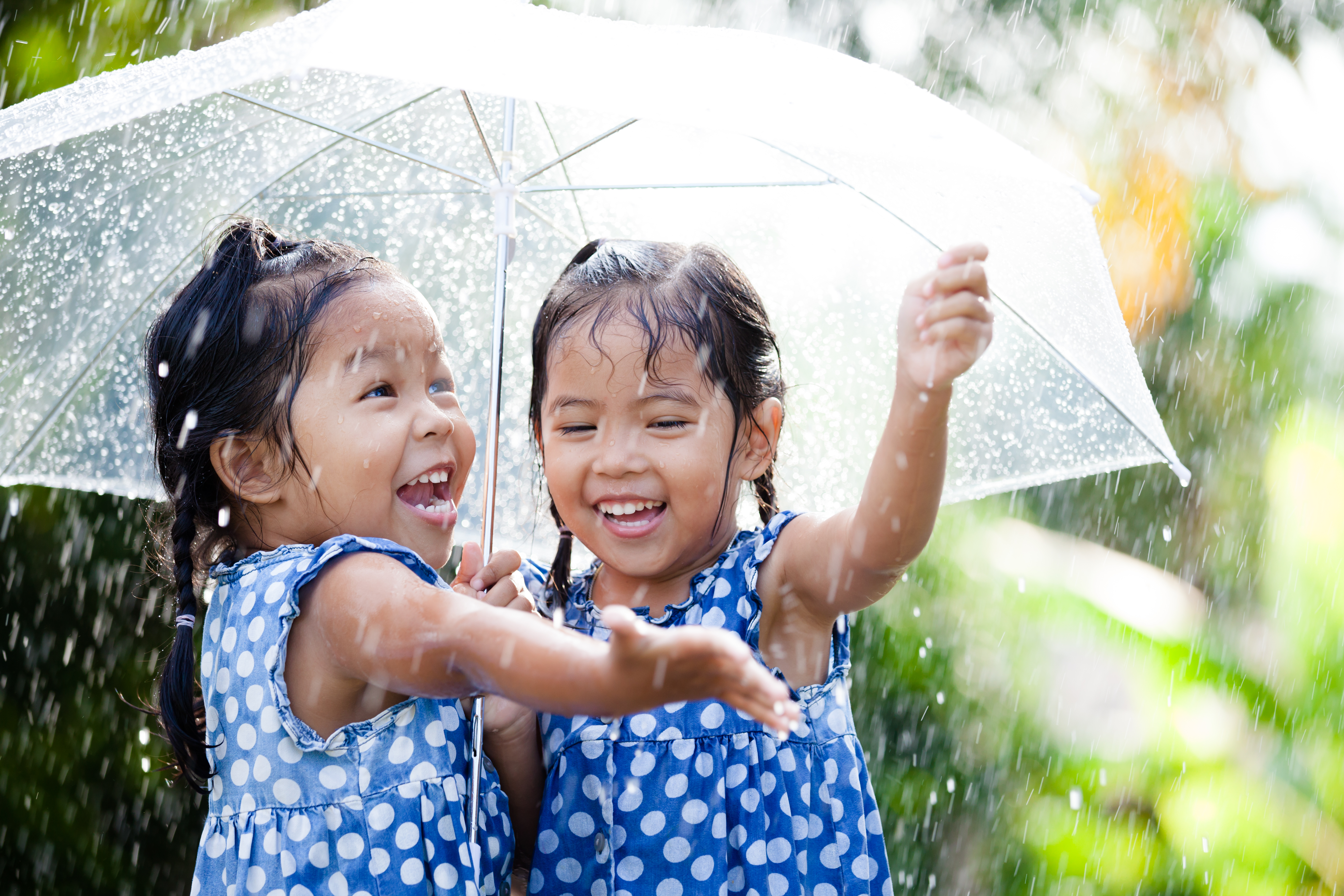
This article discusses the whole concept of the water cycle and the process of precipitation that can be easily understood by your child in the Kindergarten level. On the other hand, the article Energy, Force, and Motion offers a glimpse of other core lessons under Kindergarten Physical Science. For a more appealing discussion, it is recommended to complement this lesson with a family movie that features rain and weather as well as key inland bodies of water such as rivers and lakes.
Rain: what is it and why does it fall from the sky?
Different parts of the world receive various amounts of rainfall at different times of the year. Generally, much of Earth gets soaked in one way or another. Although some people get sad and gloomy during rainy days, the majority of children pretty much enjoy the sound and vibe of rain falling from the sky.
Why? When it rains, an entirely different setting kicks in. It becomes relatively colder and the raindrop sounds trigger their inquisitiveness. And this is of course, apart from the fact that a lot of children find it exciting to play under the rain. Still it is important to emphasize the importance of wearing proper clothing when one needs to go out under the rain. This fun Rainy Day Maze worksheet will gear up your kid’s mindset on what to wear when it rains.
So what is rain anyway?
To explain to your child what rain is in a simple yet informative way, it is best to engage the discussion with an ingenious approach. Take out a ball of cotton to represent the clouds. With the help of a dropper, gradually fill the cotton with water droplets while explaining to your kindergartner that clouds are made up of tiny water droplets. Continue filling the cotton with water until it becomes totally soaked so that water would start dripping through it. Just like the cotton, the clouds reach a certain point where it becomes unable to accommodate more moist air so it releases these water droplets as rain.
The Water Cycle
Children will often wonder why water from the sky would never run out. This question will be your cue to introduce the concept of the water cycle. Begin the discussion by emphasizing the fact that water through different processes exists in various states - solid, liquid, and gas. This can be better explained with a simple yet amazing demonstration.
In a kettle, pour some water and heat it. Upon reaching its boiling point, have your child observe the steam coming out of its spout. Follow through with a brief explanation that water when heated evaporates when it reaches its boiling point. This is the point where liquid water transforms into gas. In a different demonstration, take out a cold glass of water and let it sit for a few minutes on the table. Bring your child’s attention to the small water droplets that are forming at the side of the glass confirming the fact that the air around the glass has a certain amount of water vapor. And this process is called condensation.
Now, the answer to the question as to why the sky never runs out of water is - water cycle. This is the recurring and simultaneous process of evaporation and condensation that the water takes throughout Earth. Water from different bodies of water and from various human activities gradually evaporates and floats up to the sky as water vapor.
Eventually, air in the sky becomes saturated with water vapor which triggers the process of condensation resulting in cloud formations. Technically, clouds are collective masses of water droplets. Over time, these water droplets merge and become heavier until they are unable to remain suspended in the sky so they fall to the ground as rain.
The whole water cycle concept offers an interesting glimpse of the science behind rain. The Water Cycle Worksheet will be an effective assessment tool for your child in this particular lesson.
Use this ready-made interactive Classroom by Kids Academy to arrange a fun bite-sized lesson on States of Matter and Science of Rain for your kids: OPEN THE CLASSROOM. 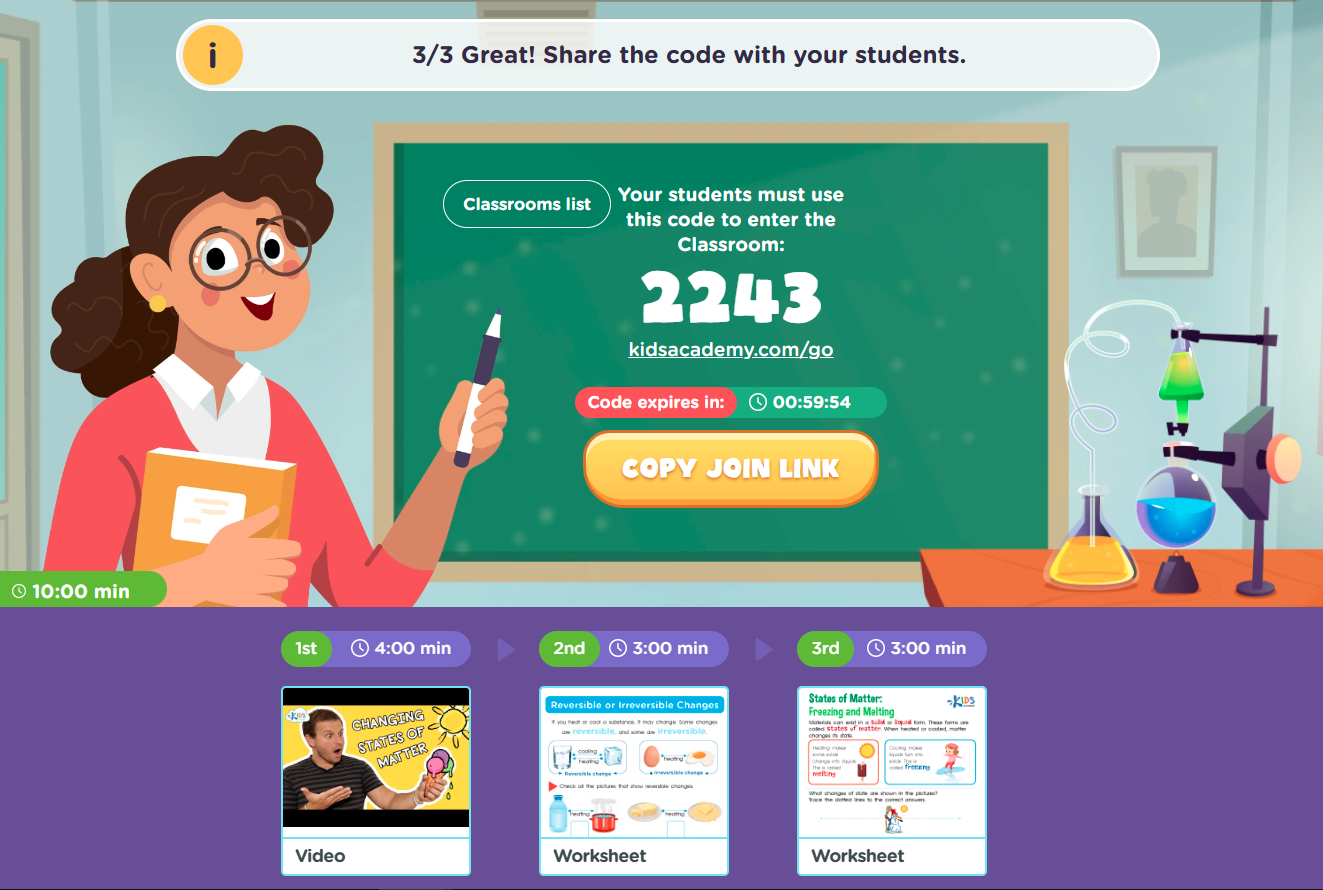
After clicking "Next", you'll find a set-up lesson with an animated video and autoscored worksheets on the topic. You can customize this classroom by adding more interactive activities of your choice to it from the vast Classroom Library.
KA Classroom allows teachers and parents to share activities and lessons from our collection of over 5000 resources with their kids in just a couple of clicks.
Go directly to the Classroom page and create a quick classroom on any topic you want! After students complete the lesson, you'll get access to a report about their performance. Read our Classroom Guide for more information!


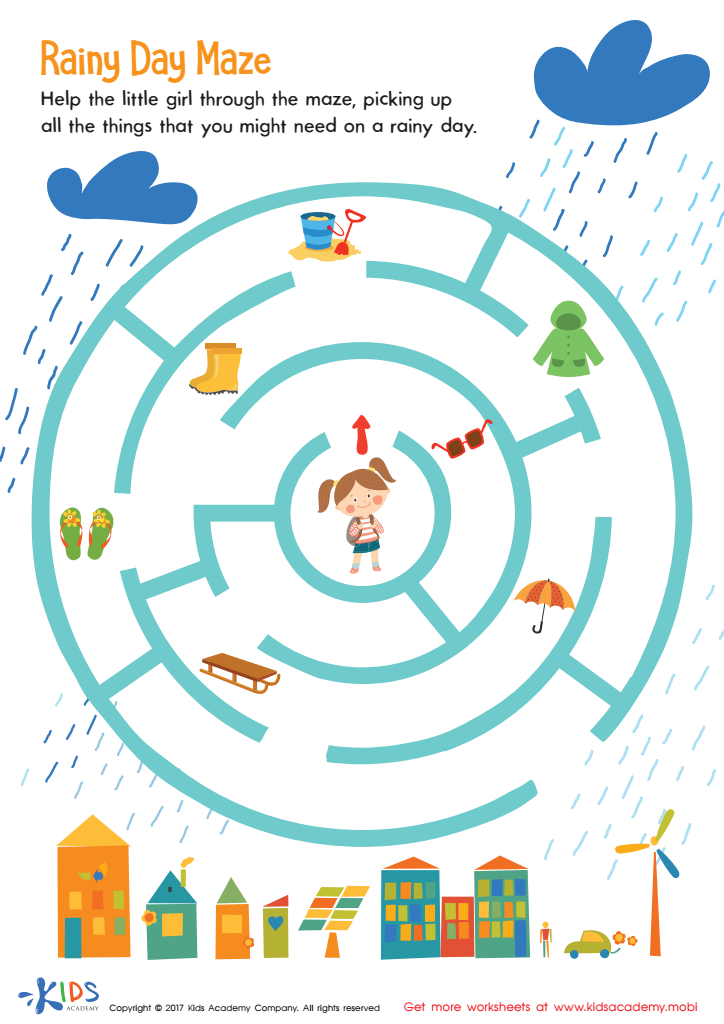
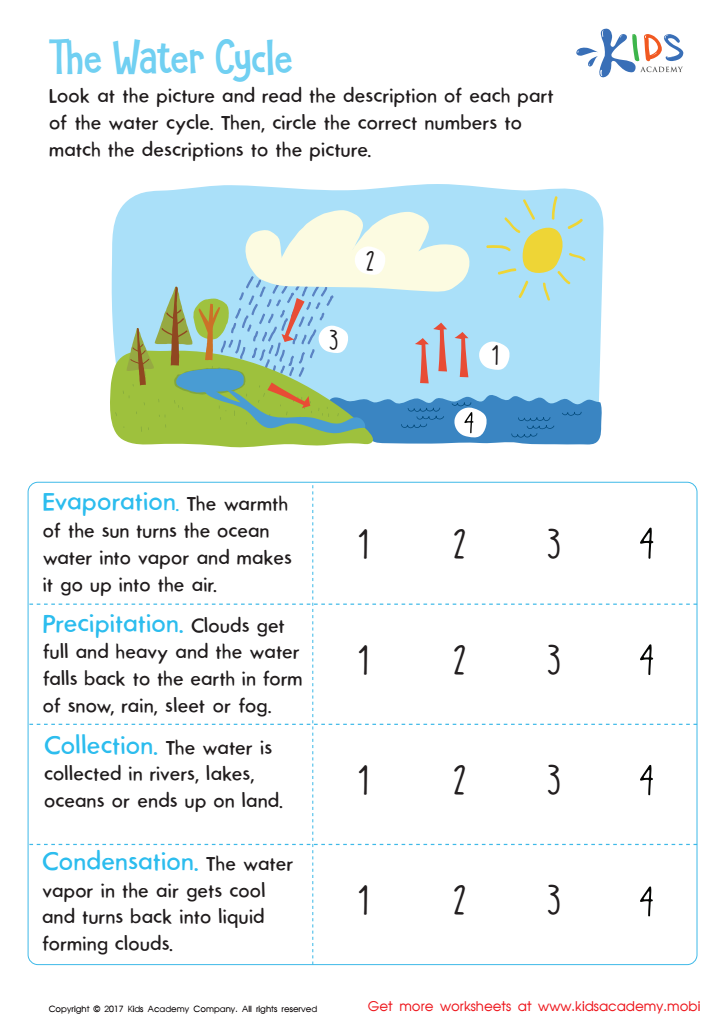

.jpg)


